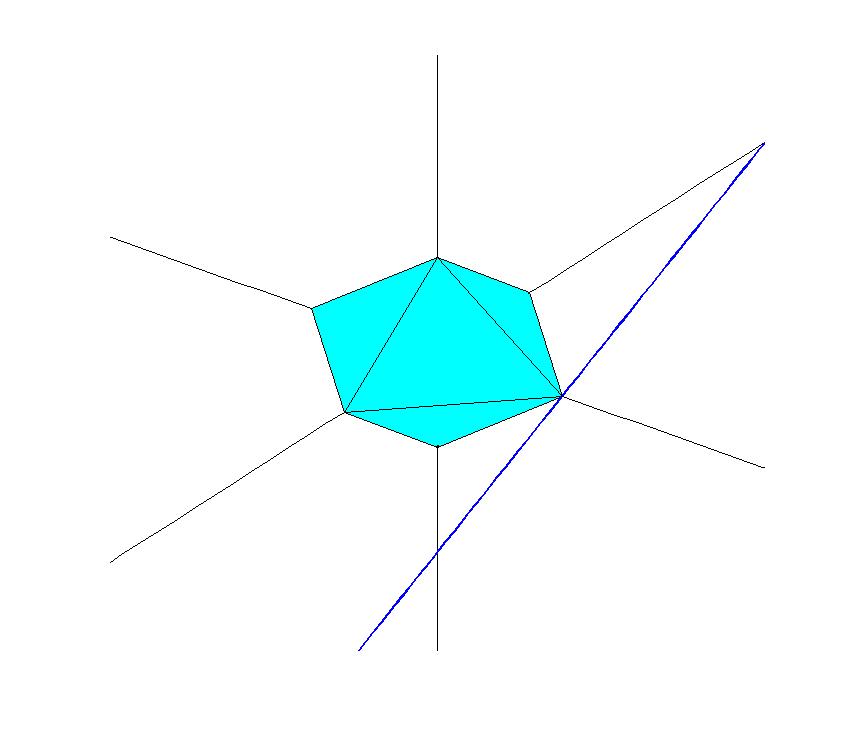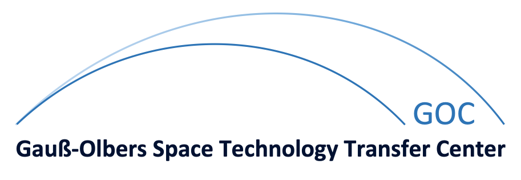Non-linear Compressive Sensing Multi-User Detection: Algorithms and Hardware Architectures (NiCOm)
Objectives:
- Application of Compressive Sensing for multi-user data detection in a code-multiplex transmission
- Consideration of activity information in MAP detectors by sphere detection
- MAP detection in fully and underdetermined systems
- Extended QR decomposition for sphere detection
- Hybrid detectors: Combination of CS detectors and sphere detection
- Implementation of CS concepts (e.g., sparsity aware sphere detection) on DSP/FPGA
Detailed Description:
Compressed Sensing (CS) is a novel technique for data acquisition and Signal detection and is recently applied in various technical fields. Under certain conditions CS allows to solve underdetermined systems of equations correctly. CS is based on the minimization of the l-1 norm which differs from the classical l-2 norm minimization.
The main focus of this research is the application of CS techniques in communication and information technology. In principle, CS allows the reconstruction of signals which are sampled with sub Nyquist frequency. The main prerequisite is that the signal is sparse and contains a certain number of zeros. In a communications framework, CS can be utilized for the detection of signals in sensor networks where nodes transmit data to a central aggregation node. With a low activity probability, the resulting multi-user constitutes a sparse signal. The task of the detector is thus to determine the data and the activity of the nodes in the system jointly. This focus augments current communication systems by a joint activity and data detection leading to a reduced signaling overhead for the system. The main core of this project is the investigation of novel algorithms for the detection of sparse signals and the implementation into a hardware demonstration setup. Besides testing and verification of the algorithms, the tradeoff between performance and complexity is investigated as well.
Starting with a sphere detector for the Maximum a posteriori detection of sparse signals, other sub optimal but less complex algorithms are investigated. The theoretic performance is evaluated with a Code Division Multiple Access (CDMA) network. However, the results of this project can be applied to a various other communication scenarios and form the basis for future CS based detection methods.
The main focus of this research is the application of CS techniques in communication and information technology. In principle, CS allows the reconstruction of signals which are sampled with sub Nyquist frequency. The main prerequisite is that the signal is sparse and contains a certain number of zeros. In a communications framework, CS can be utilized for the detection of signals in sensor networks where nodes transmit data to a central aggregation node. With a low activity probability, the resulting multi-user constitutes a sparse signal. The task of the detector is thus to determine the data and the activity of the nodes in the system jointly. This focus augments current communication systems by a joint activity and data detection leading to a reduced signaling overhead for the system. The main core of this project is the investigation of novel algorithms for the detection of sparse signals and the implementation into a hardware demonstration setup. Besides testing and verification of the algorithms, the tradeoff between performance and complexity is investigated as well.
Starting with a sphere detector for the Maximum a posteriori detection of sparse signals, other sub optimal but less complex algorithms are investigated. The theoretic performance is evaluated with a Code Division Multiple Access (CDMA) network. However, the results of this project can be applied to a various other communication scenarios and form the basis for future CS based detection methods.

The figure shows the solution of an underdetermined systems of equations as the intersection of a line and an Octahedron;
Details
| Duration: | 06/2012 - 05/2015 |
| Funding: | German Research Foundation |
| Partners: | Institut für Theoretische Elektrotechnik und Mikroelektronik (ITEM), University of Bremen |
| Research Focus: | Compressive Sensing in Wireless Communications |
Publications
-
Compressive Sensing Multi-User Detection for Multi-Carrier Systems in Sporadic Machine Type Communication
BibTEX

F. Monsees, M. Woltering, C. Bockelmann, A. Dekorsy
IEEE 81th Vehicular Technology Conference (VTC2015-Spring), Vol. 81, Glasgow, Great Britain, 11. - 14. May 2015 -
Compressed Sensing Neyman-Pearson Based Activity Detection for Sparse Multiuser Communications
BibTEX
F. Monsees, C. Bockelmann, A. Dekorsy
10th International ITG Conference on Systems, Communications and Coding (SCC 2015), Germany, 4. - 7. February 2015 -
Reliable Activity Detection for Massive Machine to Machine Communication via Multiple Measurement Vector Compressed Sensing
BibTEX

F. Monsees, C. Bockelmann, A. Dekorsy
10th IEEE Broadband Wireless Access Workshop co-located with IEEE Globecom 2014, Austin, Austin, Texas, USA, 12. - 16. December 2014 -
Compressed Sensing K-Best Detection for Sparse Multi-User Communications
BibTEX

B. Knoop, F. Monsees, C. Bockelmann, D. Peters-Drolshagen, S. Paul, A. Dekorsy
22nd European Signal Processing Conference 2014 (EUSIPCO), Lissabon, Portugal, 1. - 4. September 2014 -
Compressed Sensing Soft Activity Processing for Sparse Multi-User Systems
BibTEX

F. Monsees, C. Bockelmann, A. Dekorsy
9th IEEE Broadband Wireless Access Workshop co-located with IEEE Globecom 2013, Atlanta, USA, 9. - 13. December 2013 -
Joint Activity and Data Detection for Machine to Machine Communication via Bayes Risk Optimization
BibTEX

F. Monsees, C. Bockelmann, A. Dekorsy
IEEE International Workshop on Signal Processing Advances in Wireless Communications (SPAWC), Darmstadt, Germany, 16. - 18. June 2013 -
Compressed Sensing Bayes Risk Minimization for Under-determined Systems via Sphere Detection
BibTEX

F. Monsees, C. Bockelmann, D. Wübben, A. Dekorsy
2013 IEEE 77th Vehicular Technology Conference (VTC2013-Spring), Dresden, Germany, 2. - 5. June 2013 -
Sparsity-Aware Successive Interference Cancellation with Practical Constraints
BibTEX

B. Knoop, F. Monsees, C. Bockelmann, D. Wübben, S. Paul, A. Dekorsy
17th International ITG Workshop on Smart Antennas (WSA 2013) , Stuttgart, Germany, 13. - 14. March 2013 -
Sparsity Aware Multiuser Detection for Machine to Machine Communication
BibTEX

F. Monsees, C. Bockelmann, D. Wübben, A. Dekorsy
Second International Workshop on Machine-to-Machine Communication at IEEE Globecom 2012, Anaheim, USA, 3. - 7. December 2012
Involved Staff
Last change on
19.01.2016
by
Admin
© Department of Communications Engineering - University of BremenImprint / Contact







